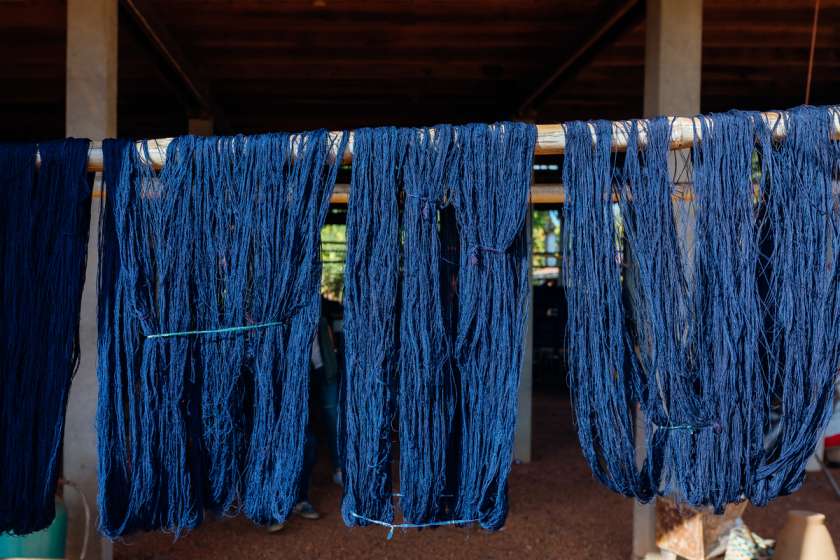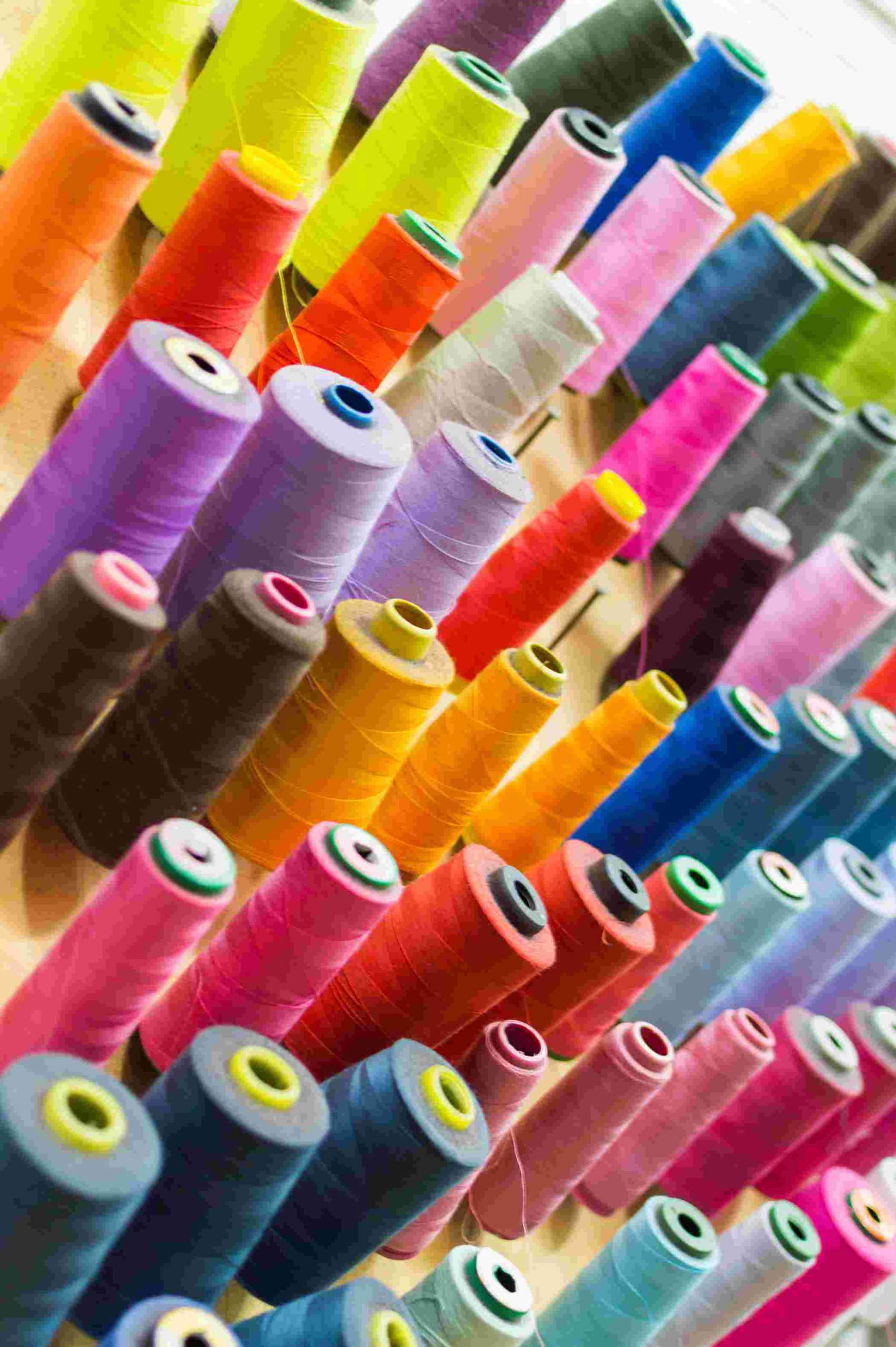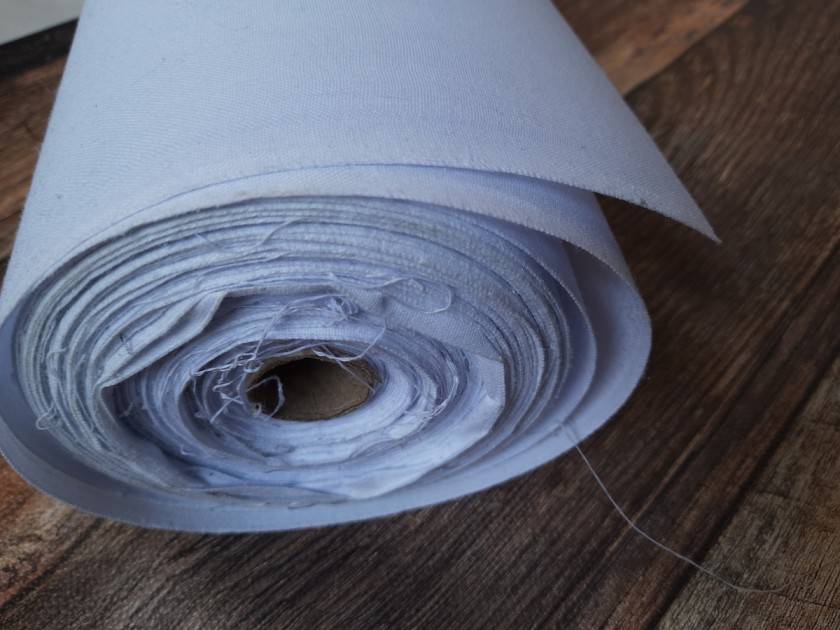Pre-production Processes in Garment Manufacturing

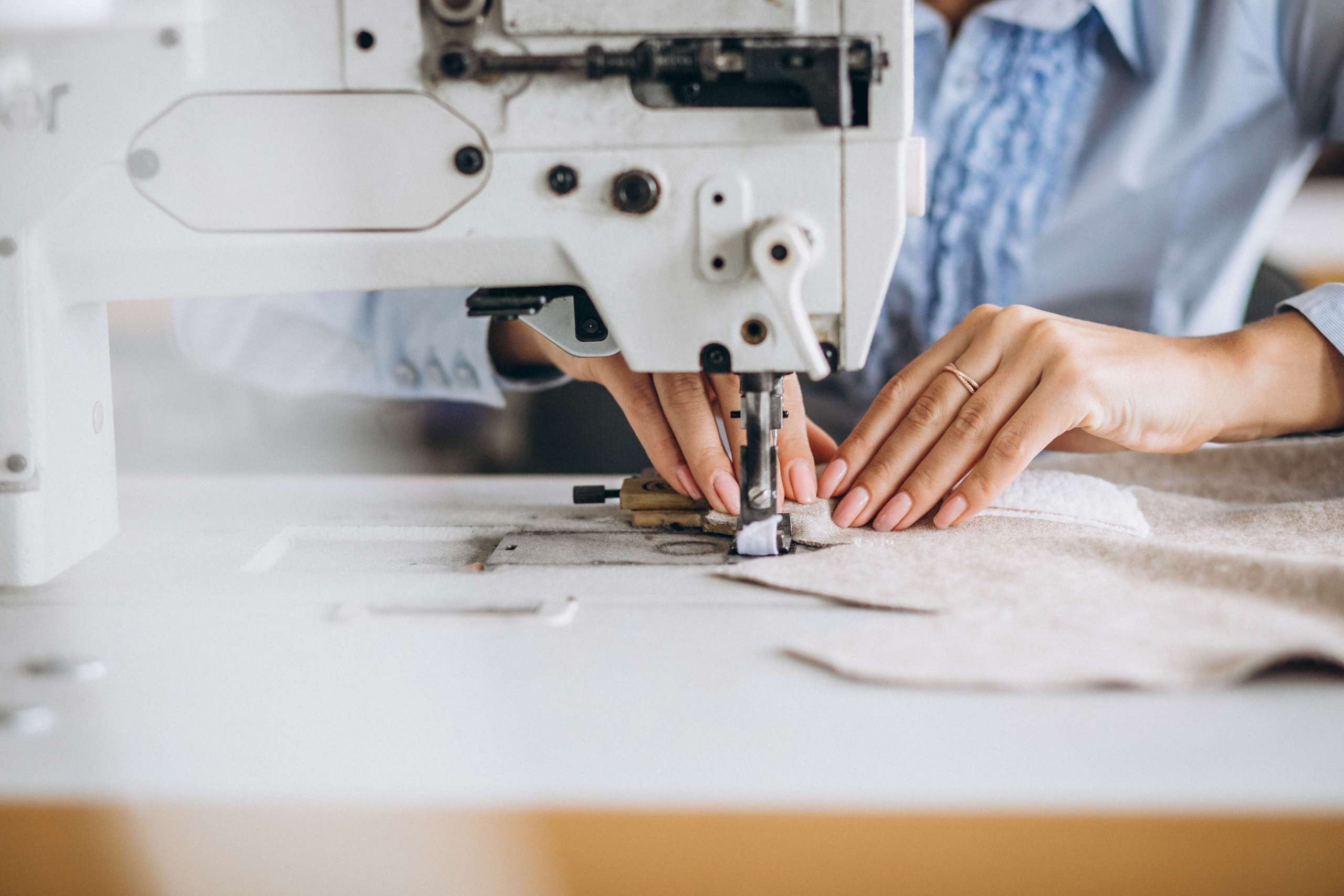

The process of making clothes is complex and involves many different steps. It can take months or even years to complete. There are many different processes involved, including planning, designing, pattern making, sourcing fabrics, sampling, actual production, quality control, and shipping.
Most of these steps are completed well before the actual manufacturing process begins. This lays the foundation for the smooth execution of the production plan.
Assisting clients in pre-production planning should be a top priority of cloth manufacturers. Delays can lead to a rise in costs, which may even exceed the overall production costs. Efficient execution of pre-production processes will help manufacturers meet customer requirements and deliver on time.
What Are Pre-production Processes?
Pre-production processes refer to a set of activities that are carried out before the beginning of the manufacturing process. Pre-production is a very important part of any garment manufacturing process. It often involves planning, designing, deciding the sizes, materials, colors, and patterns of the garments.
Before sampling and bulk production, the factory must take care of some important aspects. When buyers make new orders, they will share all the necessary information like tech packs, samples, and measurements with the manufacturers. They, in turn, need to have a clear understanding of all the information before beginning their work.
Garment pre-production is the most important process in the whole production cycle. This is because it involves the planning and designing of the garments. Pre-production is also known as the design and development phase.
The main objective of this phase is to come up with a design that meets all the requirements of the customer. This is done by studying the customers’ preferences, tastes, and buying habits.
6 Pre-production Processes That Take Place in Garment Manufacturing
From creating samples to developing the production plan and appointing staff, there are many processes involved in the making of garments.
Here are six pre-production processes that take place in garment manufacturing, their benefits and challenges:
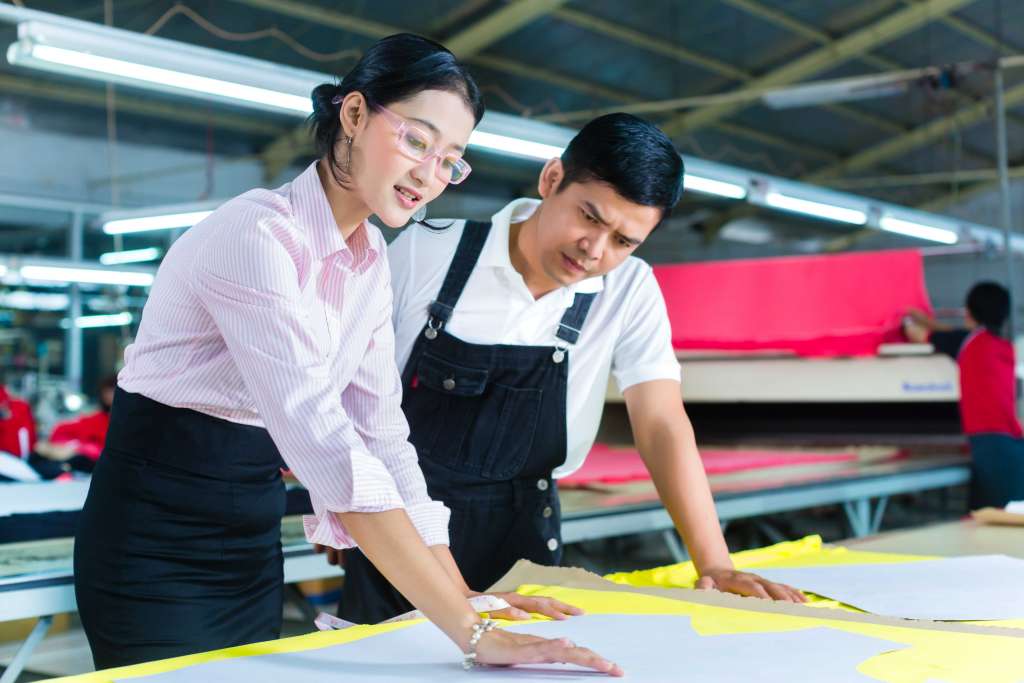
1. Defining the market and competitive analysis
The first step in defining the market is conducting extensive market research. Manufacturers need to understand what customers want and who their suppliers are. This will help them identify gaps in the market and give them an idea about what will work for them.
It is important to conduct a competitive analysis to learn how the other companies are faring. If new competitors are thriving, it may be time for manufacturers to reflect on their practices. They will need to review their strategies, processes and product line-ups and make necessary course corrections. This will help them remain relevant and competitive in the industry.
Market research and competitor analysis will ensure that the designs are unique. Competitor analysis involves researching similar brands. This involves gathering information about the brands, their offerings, pricing strategies, customer feedback, and financial status.
2. Determining costs
Cost determination is the process of determining the cost of materials, labor, and overheads for the products. The objective is to ensure that the costs are reasonable in relation to the selling price of the garments.
Costing may be done manually or with computer software. Manual costing usually involves adding up all the labor and material costs and then multiplying by a factor to account for overhead expenses. This can include rent, insurance, utilities, and other expenses. It is usually done on a per-product basis.
More advanced methods take into account standard costs for items, which are calculated based on historical data and financial reports.
Computerized cost accounting systems allow garment manufacturers to manage their entire supply chain using a centralized database. These systems track production costs as well as sales volume. This allows manufacturers to make informed decisions about pricing and inventory levels based on real-time data rather than guesswork or intuition alone.
3. Developing patterns and grading
The next step in the garment manufacturing process is developing patterns and grading. A pattern is an original drawing of a garment that includes all measurements, markings, and details needed to make it. Patterns are made from paper, plastic, or a combination of both.
The grading process involves adjusting the size of the pattern so it can be used by people of different sizes and body types. Grading is done by adjusting the pattern in certain areas, such as the shoulders and hips. Manufacturers need to grade their patterns so they can produce garments that fit different body types.
4. Selecting fabric and raw materials
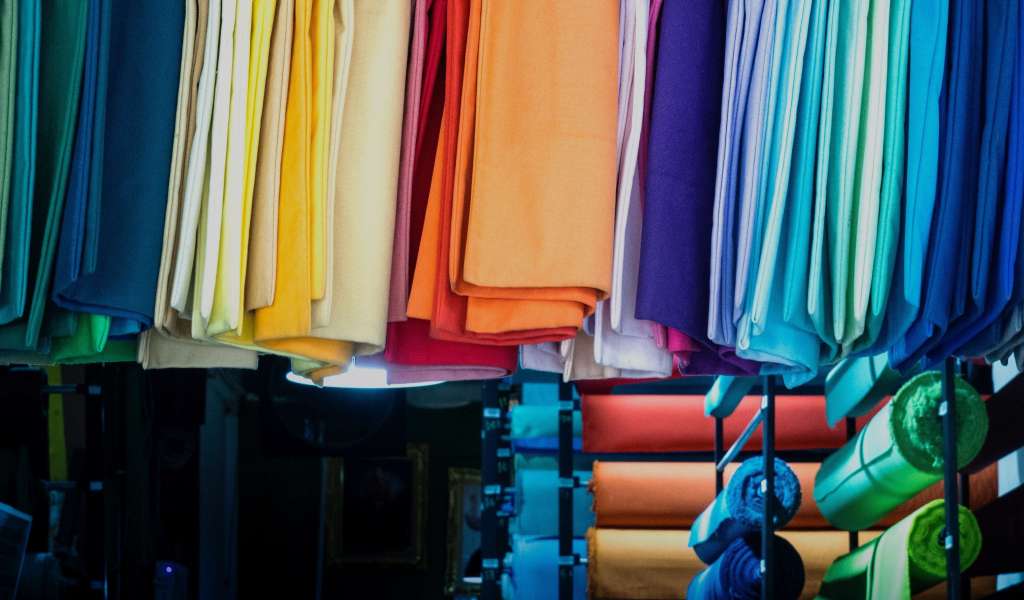
Next, the fabric must be selected. Garment designers will have a clear picture of how the garment should look like. They will choose fabric and other material that match the visualized product. The next step is to select the style of clothing. For example, if the design calls for a dress, then it may be decided that the material should be polyester or cotton.
Once the fabric is selected, it must be cut into pieces to make up the finished product. This process is called cutting and involves taking large rolls of fabric and cutting them down into smaller pieces using special cutting machines. The fabric is then sewn together by hand or by machine using needles and thread to create garments.
5. Planning the production
Once the manufacturer chooses the best fabric, the next step is to plan the production schedule. They should be aware of the quality standards accepted by the clients. The garment buyer's guide and manufacturer's quality standards is a good source for this information.
The following steps will help garment manufacturers create a seamless production plan:
- Decide on tooling and equipment requirements for each step of the process. This will include tools like cutting tables and sewing machines.
- Determine how much time each person will spend on each task to meet the deadlines.
- Ensure there are enough employees to carry out all the tasks promptly.
6. Inspecting pre-production samples
Pre-production samples are small quantities of garments, manufactured in the same quality as the full production run. They are not made to retail standards and may not be identical to the final product.
They are usually used for checking the quality of raw materials and production processes. Pre-production samples are also used to check a specific design or pattern. This may not be possible if the whole lot is made using a particular design or pattern.
Pre-production samples are used to check whether the fabric selected for a particular garment will perform according to expectations. Manufacturers can also see how much it will cost per unit and how many units can be sold at the decided price before investing in bulk production.
Summing Up
This blog will provide garment manufacturers a good idea of the pre-production processes and their importance. Understanding the processes will help them work closely with their clients to create cost-effective and high quality garments that meet market requirements.
Manufacturing is a creative and labor intensive process and the manufacturers should be well prepared to deal with the challenges associated with it. If you're looking to avoid all the pre-production hassles, a tech-enabled manufacturing platform for fashion brands may be your answer.

Fashinza's platform for garment manufacturing is a great option for manufactuers. It uses AI and data science to simplify garment manufacturing and takes care of everything from design to delivery.















